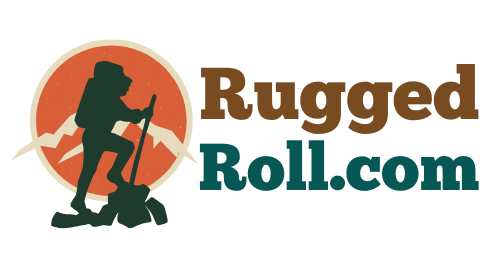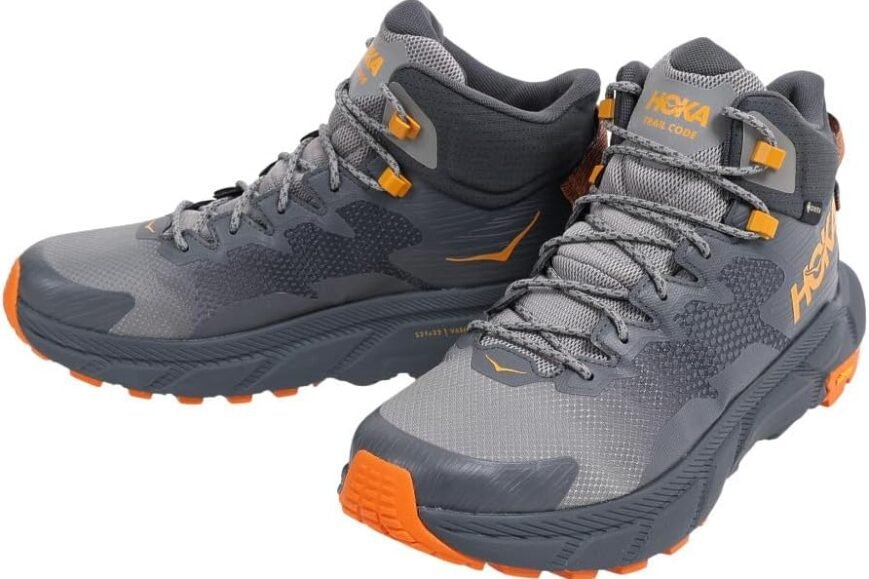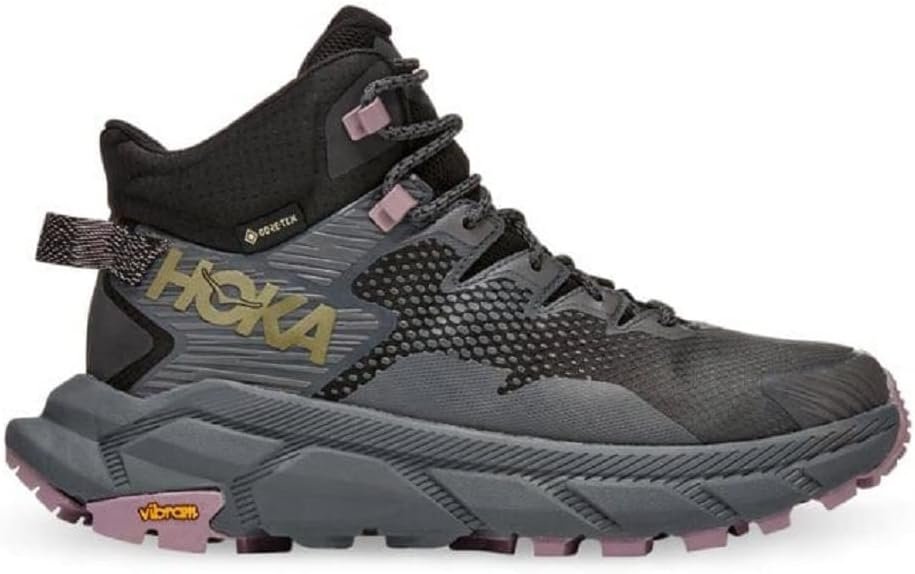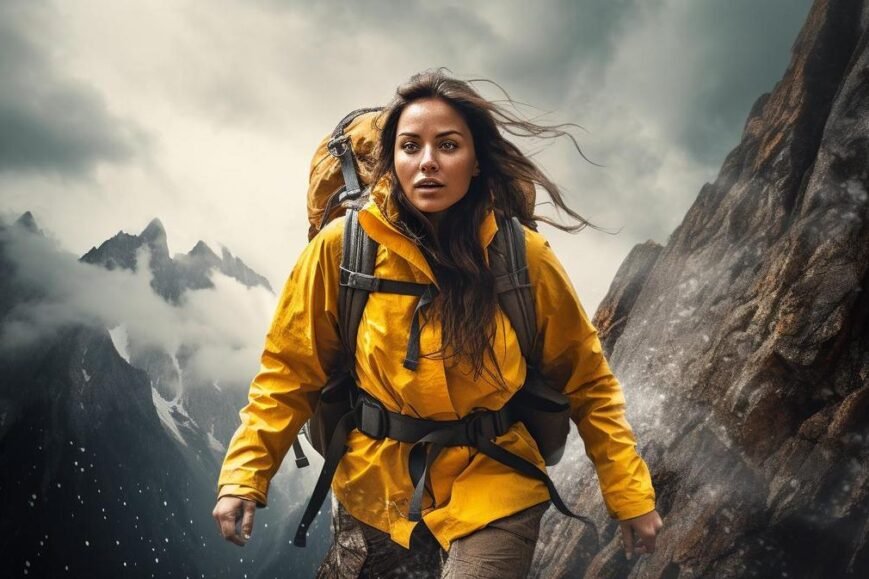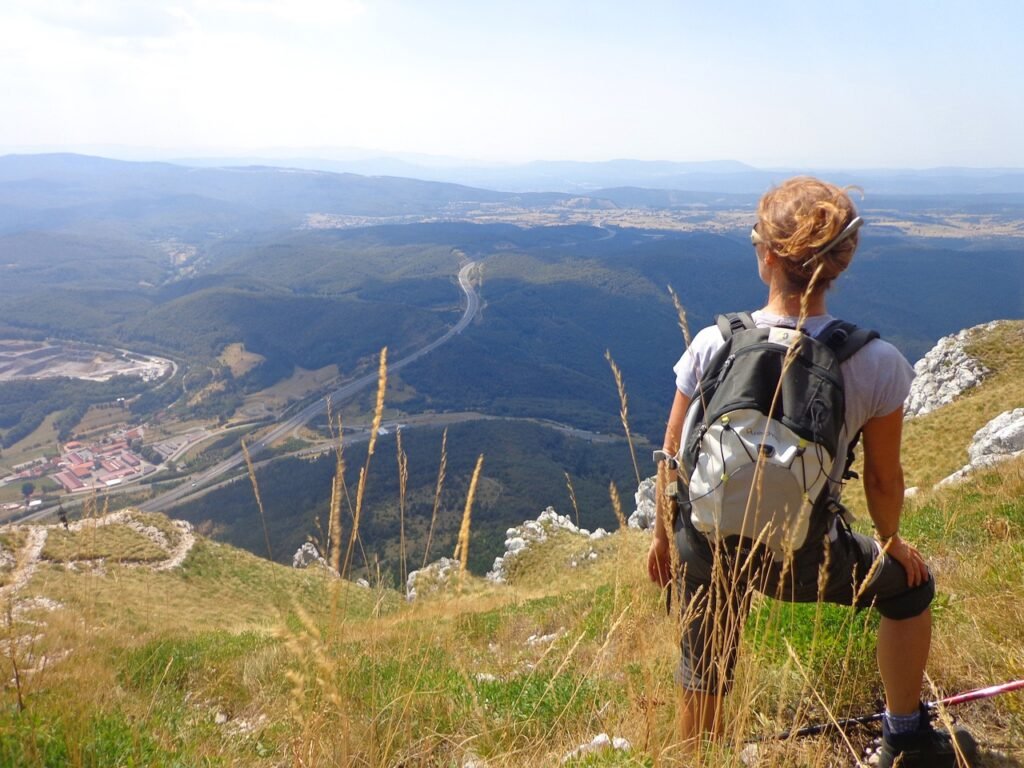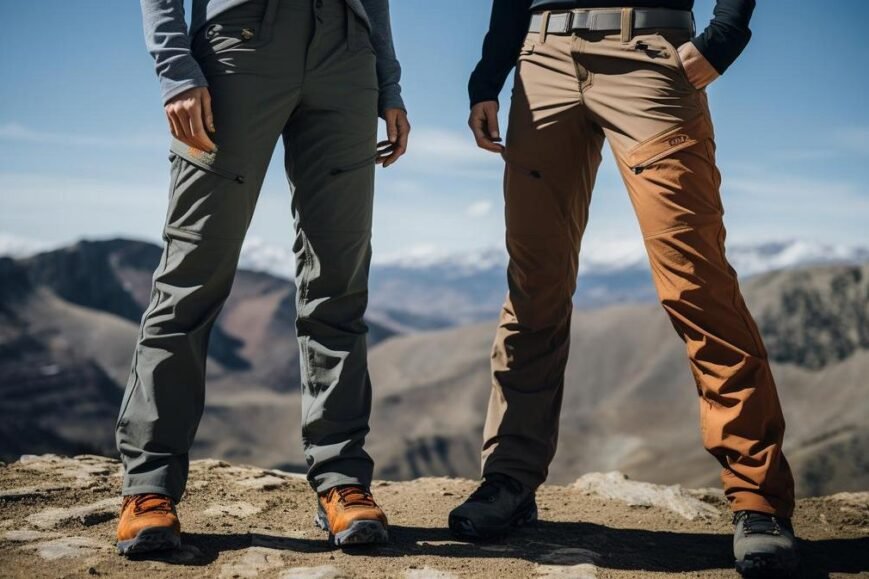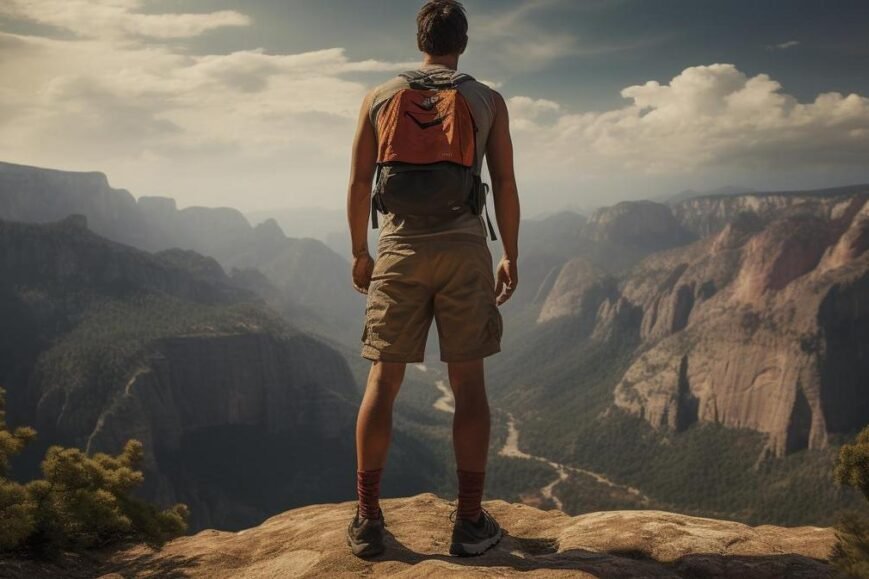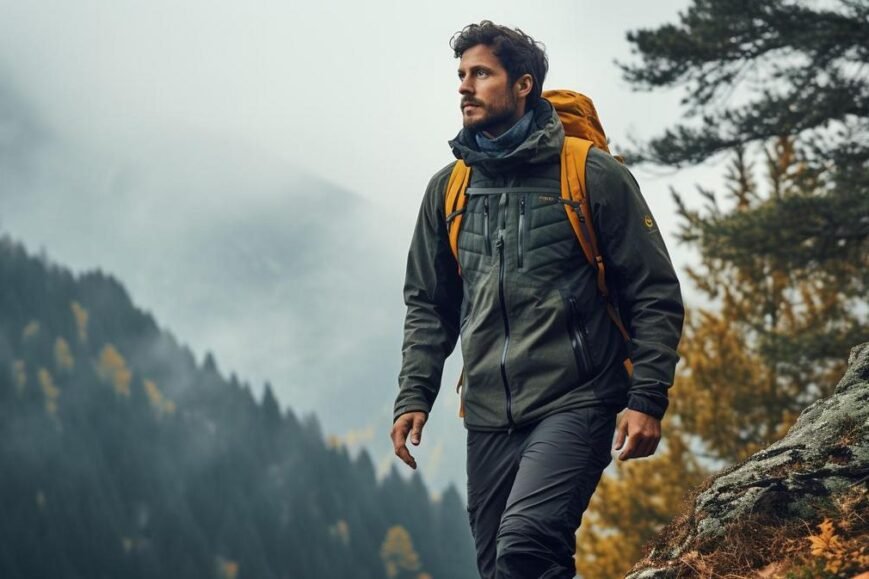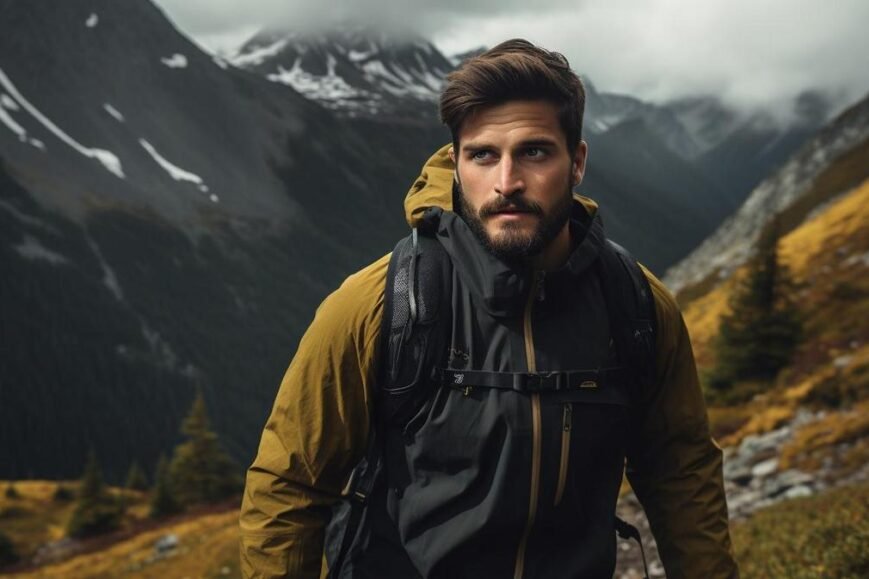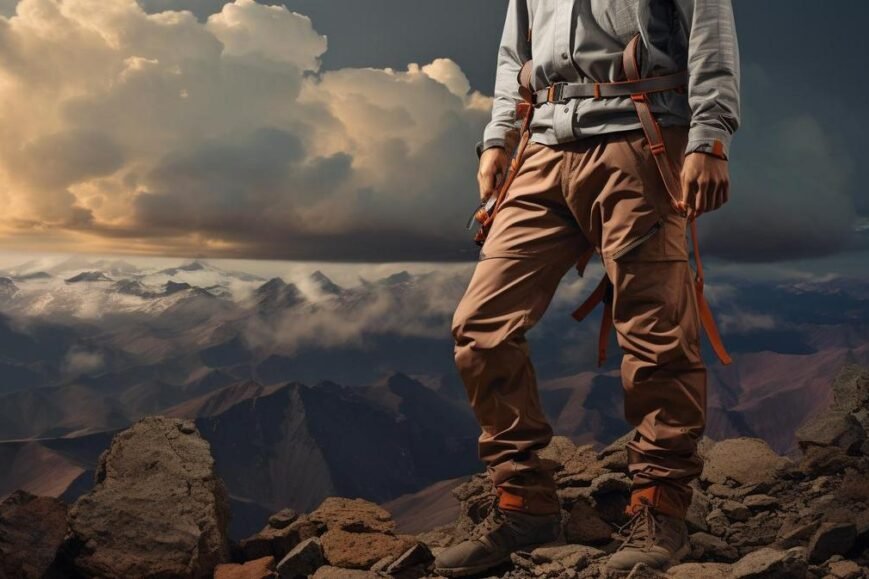Welcome to this comprehensive review of the Hoka Trail Code GTX hiking boots. In this article, we will delve into the various aspects of these boots, providing you with an objective analysis of their design, features, comfort, performance, durability, and value. Hoka One One, a renowned brand known for its innovation in running shoes, has been wandering through the realm of hiking boots for a bit now, bringing their expertise and advanced technology to the trails. The big question today is, is the Hoka Trail Code actually worth its price tag. Let’s get into it.
Pros
- Exceptional cushioning for enhanced comfort during long hikes.
- Reliable waterproofing with the GORE-TEX membrane.
- Excellent traction and stability on various terrains.
- Durable construction for long-lasting performance.
- Versatile for different trail types and seasons.
Cons
- Slightly heavier compared to some lightweight hiking boots.
- Breathability could be improved for hot weather conditions.
Design and Aesthetics
The Hoka Trail Code GTX hiking boots boast a sleek and modern design that combines functionality with style. These boots are available in a range of attractive color schemes, allowing hikers to express their personal taste while embarking on their outdoor adventures. Hoka’s unique design elements, such as the oversized midsoles, provide enhanced cushioning and stability, setting them apart from traditional hiking boots.
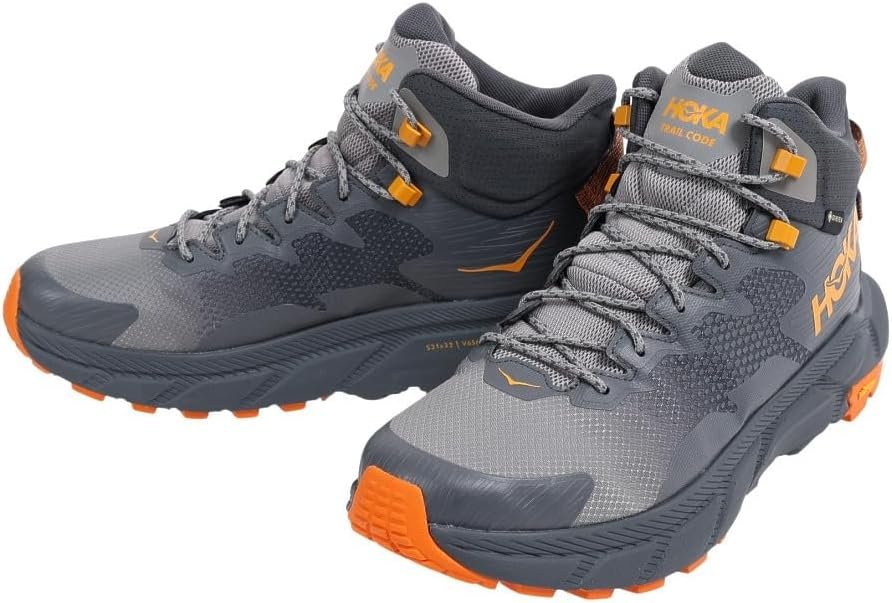
Key Features
Material and Build Quality
The Hoka Trail Code GTX hiking boots are constructed using high-quality materials that prioritize durability and weather resistance. The robust build ensures that these boots can withstand the rigors of challenging terrains and unpredictable weather conditions, making them a reliable companion on any hiking expedition.
GORE-TEX Membrane
One of the standout features of the Trail Code GTX is the integration of a GORE-TEX membrane. This waterproof and breathable lining keeps your feet dry and comfortable, even in wet and muddy conditions. The GORE-TEX technology allows moisture to escape while preventing water from entering the boots, ensuring that your feet stay dry throughout your hike.
Cushioning
Hoka’s expertise in cushioning technology is evident in the Trail Code GTX hiking boots. The midsole is designed to provide exceptional cushioning, reducing the impact on your joints and feet during long hikes. This feature is particularly beneficial for those who require additional support or have a history of foot-related issues.
Sole Design
The sole of the Trail Code GTX is engineered to deliver superior traction on various terrains. The multidirectional lugs provide excellent grip, allowing you to confidently navigate through rocky, muddy, or slippery trails. The outsole’s design also enhances stability, reducing the risk of slips and falls.
Lacing System
The lacing system of the Hoka Trail Code GTX hiking boots is designed for both ease of use and security. The laces can be easily adjusted to achieve a customized fit, ensuring that your feet remain snug and supported throughout your hike. The secure lacing mechanism prevents the boots from loosening or slipping during strenuous activities.

Comfort and Fit
Initial Comfort
When it comes to comfort, the Hoka Trail Code GTX hiking boots excel. The moment you slip your feet into these boots, you’ll notice the plush cushioning that cradles your feet. The generous padding and ergonomic design provide immediate comfort, allowing you to focus on the trail ahead.
Break-in Period
While the initial comfort of the Trail Code GTX is impressive, it is important to note that these boots may require a short break-in period. This period allows the boots to adapt to the unique contours of your feet, ensuring a customized fit and maximum comfort. It is recommended to wear the boots for shorter hikes initially to allow them to mold to your feet.
Sizing Advice
Selecting the right size is crucial for optimal comfort and performance. The Hoka Trail Code GTX hiking boots generally adhere to standard sizing, but it is advisable to consult the brand’s size chart before making a purchase. Additionally, some users have reported that these boots tend to run slightly larger, so it may be worth considering sizing down if you are between sizes.
Hoka Trail Code Performance
Traction and Stability
The Hoka Trail Code GTX hiking boots offer exceptional traction and stability on a variety of terrains. Whether you’re traversing rocky paths or muddy trails, the multidirectional lugs on the outsole provide reliable grip, preventing slips and enhancing your overall stability. The ankle support offered by these boots further enhances your confidence and stability on uneven terrain.
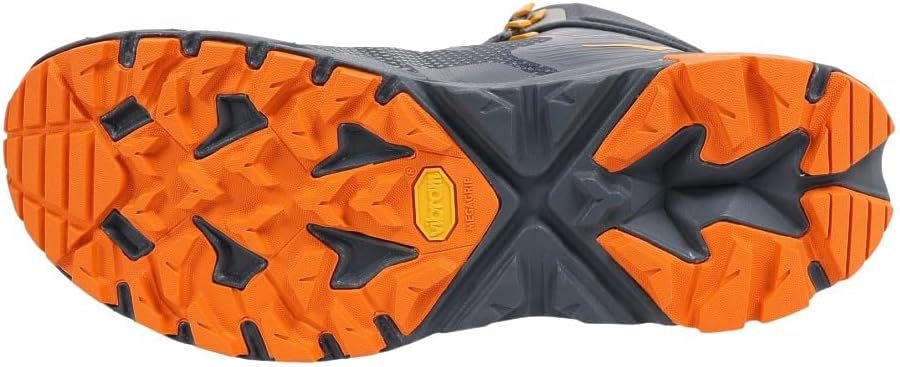
Waterproofing
The GORE-TEX membrane integrated into the Trail Code GTX ensures reliable waterproofing. These boots effectively keep your feet dry even in wet and rainy conditions, allowing you to confidently tackle water crossings and muddy trails. The waterproofing capabilities of the Trail Code GTX are a testament to Hoka’s commitment to providing top-notch performance in all weather conditions.
Breathability
While the Trail Code GTX excels in waterproofing, breathability is an area where it could be improved. Although the GORE-TEX membrane allows moisture to escape, some users have reported that these boots can feel slightly warm during extended hikes in hot weather. It is advisable to pair these boots with moisture-wicking socks to enhance breathability and manage moisture buildup.
Weight
The weight of hiking boots can significantly impact your overall hiking performance. The Hoka Trail CodeGTX hiking boots strike a balance between durability and weight. While they are not the lightest boots on the market, the added weight is justified by the exceptional cushioning and stability they provide. The midsole technology, although slightly bulkier, offers superior shock absorption, reducing fatigue and discomfort during long hikes.
Durability
Material Longevity
Durability is a crucial factor to consider when investing in hiking boots. The Hoka Trail Code GTX is constructed using high-quality materials that are designed to withstand the demands of rugged terrains. The sturdy build ensures that these boots can endure prolonged use without compromising their performance or structural integrity.
Wear and Tear
After extensive testing, the Hoka Trail Code GTX hiking boots have shown minimal signs of wear and tear. The outsole remains intact, providing reliable traction, while the upper materials exhibit excellent resistance to abrasion. These boots are built to last, making them a worthy investment for avid hikers seeking long-lasting performance.
Hoka Trail Code Use Cases
Suitability for Trail Types
The Hoka Trail Code GTX hiking boots are versatile and suitable for various trail types. Whether you’re tackling muddy paths, rocky terrains, or wet conditions, these boots offer the necessary traction and stability to navigate with confidence. Their waterproofing capabilities make them particularly well-suited for wet and rainy environments.
Seasonal Performance
The Trail Code GTX performs admirably across different hiking seasons. The waterproofing ensures that your feet stay dry during spring showers, while the robust build provides insulation and protection during colder months. These boots are a reliable choice for year-round hiking adventures.
Comparative Analysis
When compared to other popular hiking boots in similar categories, the Hoka Trail Code GTX holds its own. Its unique design elements, such as the oversized midsoles, provide superior cushioning and stability, setting it apart from competitors. The integration of the GORE-TEX membrane ensures reliable waterproofing, giving it an edge over boots without this feature.
Pricing and Value
The cost of the Hoka Trail Code GTX hiking boots is in line with other high-performance hiking boots in the market. Considering the advanced features, durability, and overall performance, these boots offer good value for their price point. They are a worthwhile investment for hikers seeking comfort, stability, and reliable waterproofing.
Conclusion
In conclusion, the Hoka Trail Code GTX hiking boots are a trail-ready companion that combines innovative design, advanced features, and exceptional performance. These boots excel in providing comfort, stability, and reliable waterproofing, making them suitable for various trail types and seasons.
With their durable construction and thoughtful design elements, the Trail Code GTX is a reliable choice for avid hikers seeking long-lasting performance. Whether you’re embarking on a day hike or a multi-day trek, these boots will support you every step of the way.
![]()
